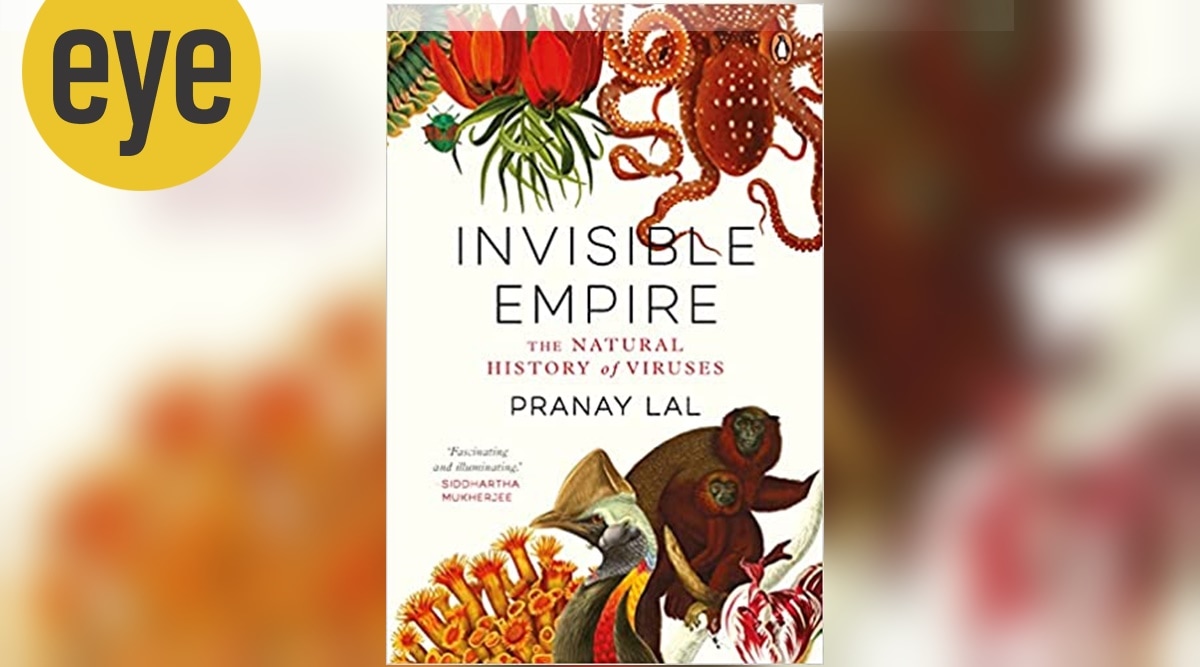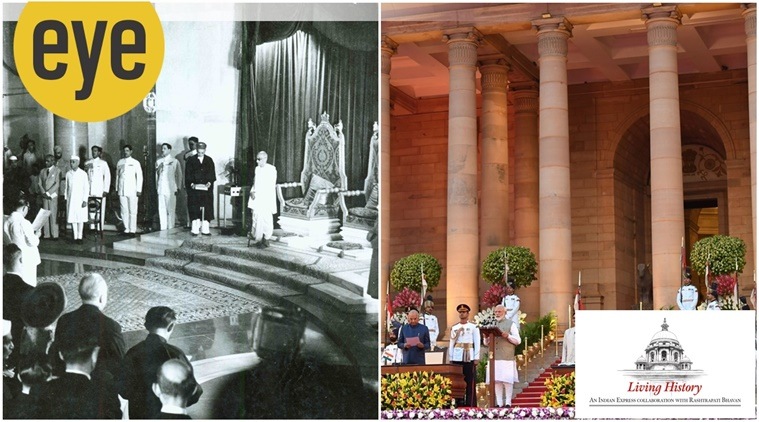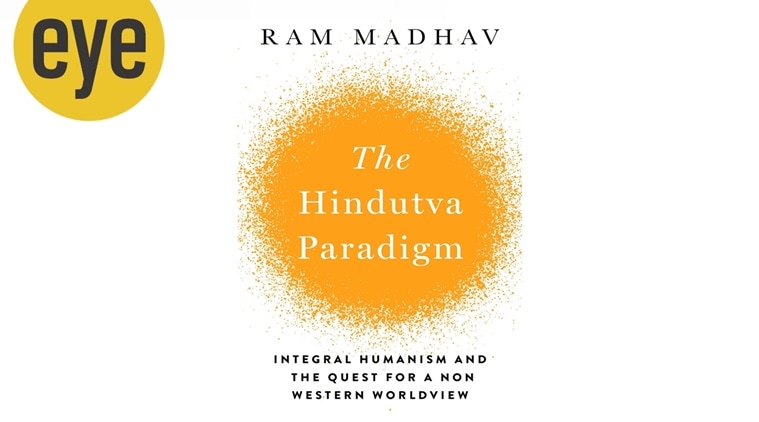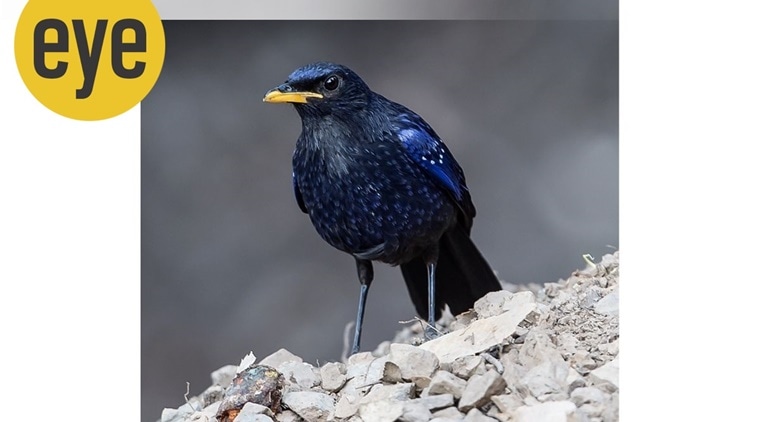Latest Comment
Post Comment
Read Comments
 Even though Gehraiyaan has polarised viewers, the consensus is that Deepika Padukone is captivating as Alisha.
Even though Gehraiyaan has polarised viewers, the consensus is that Deepika Padukone is captivating as Alisha. Deepika Padukone: I’ve made several mistakes, choices… I’ve grown to be comfortable being who I am
In the high-stake world of mainstream Hindi cinema, it’s considered imprudent to bare one’s vulnerabilities. Yet, actor Deepika Padukone hasn’t hesitated to do that. For her latest feature Gehraiyaan (released last week), she upped the ante on the glamour front to lead one of the buzziest film promotions in recent times. Her spectacular sartorial choices exuded power and celebrated her innate sense of fashion. These outings were also marked by the 36-year-old actor talking about mental health, empathy and the importance of finding work-life balance. It seemed as if Padukone was poised at a key transformative point of her life — pushing herself as an artiste and living life on her own terms.
Bappi Lahiri taught a generation that music could be loads of fun
 Bappi Lahiri was willing to go the distance, and place at the centre the brisk vitality that disco brings. (Express archive photo)
Bappi Lahiri was willing to go the distance, and place at the centre the brisk vitality that disco brings. (Express archive photo)
Bappi Da has left the building. The rockstar, if you will, in style and spirit, leaves behind a void at the heart of Bollywood music. The pensive rumination of Chalte chalte with Kishore Kumar’s immortal voice urging a lover to carry his words through good times and bad. The triumphant declaration by Mithun Chakraborty (sung with inimitable flair by Vijay Benedict), over sashaying keys and a zippy drum groove: I am a disco dancer! A playful back and forth between Lahiri and Anuradha Paudwal, building up to that most unforgettable of non-sequiturs, Tamma tamma loge (Thanedaar, 1990). He could do a lot with great majesty, and it always sounded like he had a blast doing it.
READ MORE
Pranay Lal’s new book Invisible Empire: The Natural History of Viruses tells us why microbes matter
 Invisible Empire: The Natural History of Viruses; Pranay Lal; Penguin Viking; 278 pages; Rs 799 (Photo: Amazon.in)
Invisible Empire: The Natural History of Viruses; Pranay Lal; Penguin Viking; 278 pages; Rs 799 (Photo: Amazon.in)
Humans constitute a miniscule part of life on Earth. But to most of us, it takes a disease or a natural catastrophe to show humans their place in nature’s scheme. The pandemic has been one such humbling experience. On more than one occasion, we have felt victory against the SARS-CoV-2 virus to be close at hand, only for the microbe to prove us wrong. The past two years have shown that despite the remarkable scale of scientific accomplishments, much about the ways of microbes remains in the realm of the unknown. And, viruses are among the least understood of pathogens.
READ MORE
When, in India, Bhutan’s first Oscar-nominated director decided to become a storyteller
 Sherab Dorji, who plays the lead Ugyen, and yak Naka in a still from the film. (Photo: Copyright Kinley Wangchuk and Jigme Thinley)
Sherab Dorji, who plays the lead Ugyen, and yak Naka in a still from the film. (Photo: Copyright Kinley Wangchuk and Jigme Thinley)
Pawo Choyning Dorji wanted to study politics and governance, he was training to become a monk when cinema happened. Now, his directorial debut Lunana: A Yak in the Classroom is headed for the Oscars. The film has won Bhutan its first ever Oscar nomination, and only its second film to be sent to the Academy Awards, after Khyentse Norbu’s Tibetan-language drama The Cup (1999).
READ MORE
How swearing-in ceremonies have moved from indoors to the open skies at the Rashtrapati Bhavan
 Oath of Rajendra Prasad, and Narendra Modi (Rashtrapati Bhavan Archives)
Oath of Rajendra Prasad, and Narendra Modi (Rashtrapati Bhavan Archives)
An oath, a sacred performative utterance, has been intrinsic to statecraft since time immemorial. When religion was the fulcrum around which social life was regulated, an oath was nothing less than a divinely ordained duty to be performed by rulers, irrespective of religious or geographical boundaries.
READ MORE
‘Equality depends on who’s in charge’: Céline Sciamma
 My question about the story was, if I meet my mother when she is eight, will she be my sister (Source: Claire-Mathon)
My question about the story was, if I meet my mother when she is eight, will she be my sister (Source: Claire-Mathon)
Your latest work Petite Maman (2021) feels like a compact and intimate movie. Did the pandemic determine its scale?
It was designed like that. This is an idea I had for years — from the time I was writing Portrait of a Lady on Fire (2019). While working on it, I felt that Petite Maman should be my next. I’m an obsessive person. I never have several ideas but that one idea. I knew this project is where I would land next. It was designed to be shot in a studio with a small cast. It’s about children struggling with loss and not being able to say goodbye to their loved ones. This is something that we all collectively had to deal with during the pandemic.
READ MORE
Jerry Pinto’s translation of Hindi playwright Swadesh Deepak’s memoir I Have Not Seen Mandu captures both the fractures and the resilience of the human spirit with nuance
 Book jacket of I HAVE NOT SEEN MANDU: A FRACTURED SOUL-MEMOIR, By Swadesh Deepak, Translated into English by Jerry Pinto, published by Speaking Tiger, 360 pages, Rs 499
Book jacket of I HAVE NOT SEEN MANDU: A FRACTURED SOUL-MEMOIR, By Swadesh Deepak, Translated into English by Jerry Pinto, published by Speaking Tiger, 360 pages, Rs 499“I would like to write a book which would drive men mad, which would be like an open door leading them where they would never have consented to go, in short, a door that opens into reality.”
— Antonin Artaud
Swadesh Deepak, a playwright, novelist, short-story writer, celebrated for his play Court Martial (1991), that is performed by almost every theatre company in India, is a revered name in theatre. I Have Not Seen Mandu: A Fractured Soul-Memoir is a translation of his work Maine Mandu Nahin Dekha (2003).
Some books are difficult to read and impossible to review as existing templates dissolve, revealing without filters an open wound, with sinews, muscles and tendons visible and palpable. One is simultaneously pulled towards it and also needs to escape it, as it holds a mirror to the possible darkness that might exist in one’s soul.
READ MORE
Dipesh Chakrabarty’s book The Climate of History in a Planetary Age contemplates why humanities needs a shift in perspective to confront the challenges of the climate crisis
 The Climate of History in a Planetary Age by Dipesh Chakrabarty; Primus Books; 290 pages; Rs 995 (Source: Amazon.in)
The Climate of History in a Planetary Age by Dipesh Chakrabarty; Primus Books; 290 pages; Rs 995 (Source: Amazon.in)
Published in the midst of the ongoing COVID-19 pandemic, Dipesh Chakrabarty’s The Climate of History in a Planetary Age suggests how humanities scholars should confront the challenges of climate change that “upends long-standing ideas of history, modernity and globalisation.” Chakrabarty’s book also proves that a historian’s engagement in this age of anthropocene should not only be with the globe but also with the planet.
READ MORE
Ram Madhav’s The Hindutva Paradigm attempts to elucidate Deendayal Upadhyaya’s philosophy of integral humanist thought
 The Hindutva Paradigm: Integral Humanism and the Quest for a Non-Western Worldview by Ram Madhav; Westland; 424 pages; Rs 799 (Source: Amazon.in)
The Hindutva Paradigm: Integral Humanism and the Quest for a Non-Western Worldview by Ram Madhav; Westland; 424 pages; Rs 799 (Source: Amazon.in)
The Hindutva Paradigm: Integral Humanism and the Quest for a Non-Western Worldview by Ram Madhav is an attempt to elucidate the philosophy propounded by Deendayal Upadhyaya in his series of four lectures to Jana Sangh cadres in Mumbai in April 1965. The book is an effort to engage with the dominant ideological streams that influenced India and the world at that time, explore their genesis in order to place Upadhyaya’s ideas as an alternative for a harmonious world order.
READ MORE
Why Lata Mangeshkar deserves a better moniker than the nightingale
 A blue whistling-thrush in song. (Credit: Koshy Koshy/Wikimedia Commons)
A blue whistling-thrush in song. (Credit: Koshy Koshy/Wikimedia Commons)
The legendary Lata Mangeshkar has been called India’s nightingale — by the media, and all and sundry. To my mind, that’s doing her a grave injustice: I listened to a few nightingale recordings on YouTube — and frankly, they were completely underwhelming. Yes, the bird has a repertoire of calls but you can’t really call its performance mellifluous; it sounds more like a cacophony of plagiarised calls from other birds! And the West (and the media here) has given this bird the title of being the world’s “best songbird”. And, yet again, we have gone and blindly accepted what’s been doled out to us by the “developed” world. I, then, listened to recordings of the songs of birdman Salim Ali’s favourite songster: the grey-winged blackbird followed by the white-rumped shama (the forest dwelling cousin of the magpie-robin, that tuxedoed city-park-and-garden maestro, to which you can listen to live in any park) — all of which outclassed the nightingale by a mile. Several years ago, in Bhowali, in Nainital district, over a period of numerous early mornings, I made recordings of the blue whistling-thrush — evocative performances that lasted nearly 10 minutes apiece. Its southern cousin the Malabar whistling-thrush is just as enthralling. I don’t think the nightingale has a hope in hell if it were competing with these birds in a “Birds Got Talent” show — even with Simon Cowell as one of the smirking judges!
READ MORE




